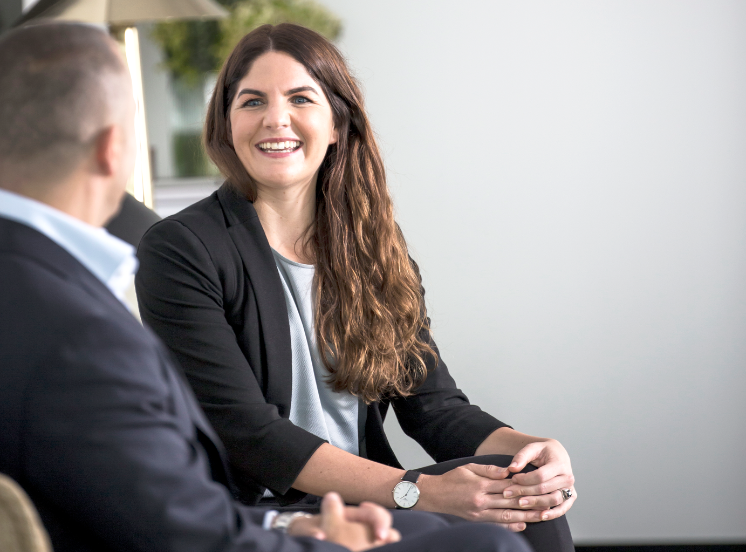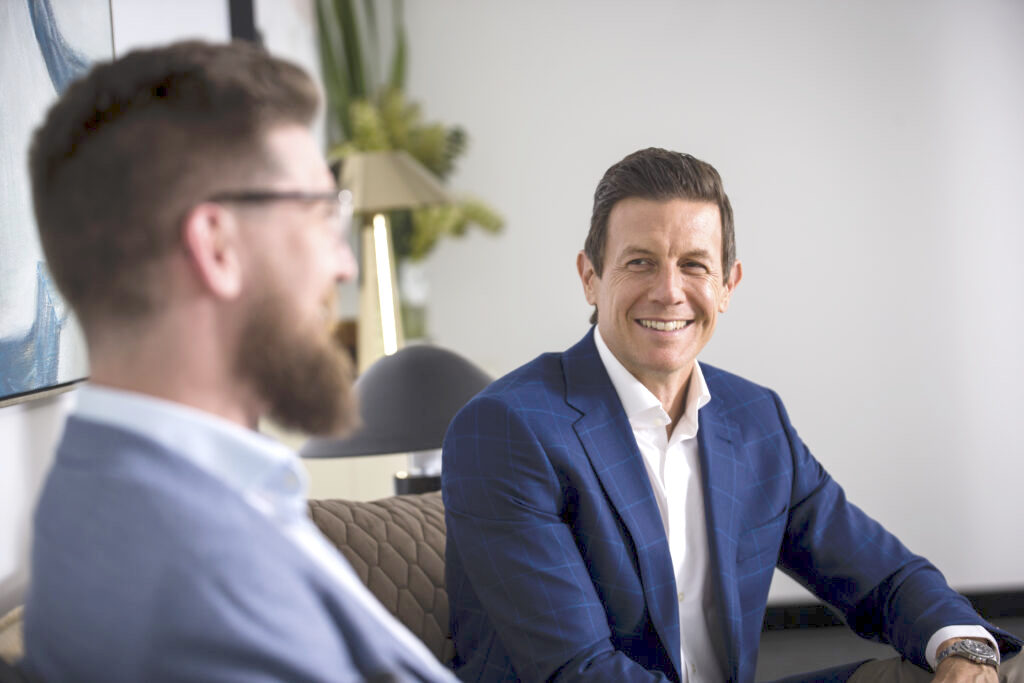




In my Blog post back in July 2018 ‘Your Superannuation. Can you sleep at night’ I wrote about how although the 2017/18 financial year represented the ninth consecutive year of positive returns for superannuation funds, that it was important to look beyond the return your fund was generating and understand the investment risk that you were exposed to. Now it’s more important than ever to understand this which I outline in this week’s Blog.
The top 10 performing superannuation funds for the 2017/18 financial year had an average exposure of 73% to shares and property. Given that both asset classes were on an upward trajectory it was no surprise that this resulted in strong returns for these funds ranging from 12% to 14%.
However, with the US share market falling almost 13% and the Australian share market off around 11% from its peak, many super funds are now at risk of posting their first negative annual result since 2011. Chant West looked at the median growth fund with 61 to 80 per cent in growth assets and estimated that returns for 2018 were likely to be around 0.5%.
I am in no way suggesting that people should panic and look to switch their superannuation fund investment option, however it is important to understand how your superannuation benefits are invested and ensure that your fund’s asset allocation reflects your objectives and risk tolerance.
Most people are happy having higher exposure to growth assets in a rising market, but many of the same people cannot cope with the added volatility or downside risk in a falling market.
At Hewison Private Wealth we tailor our client’s investment strategies to their specific objectives and do not waver in the face of market volatility or get tempted by the prospect of higher returns in a rising market. A perfect example of this approach is Australia’s very own Future Fund.
The Future Fund was established in 2006 to strengthen the Australian Governments long term financial position. The funds objective is to achieve an average annual return of at least CPI plus 4% to 5% over the long term (around 7% to 8% per annum). Many investors may consider this target return underwhelming, however, it is about aligning the strategy with the objective and taking an acceptable but not excessive level of risk.
If capital preservation is your objective, then your strategy should reflect this. However, if you are many years out from retirement then maybe you can accept a little more investment risk, given that a market downturn in any given year is unlikely to be detrimental to your long-term super balance.
Knowledge is power so my advice is to take a close look at your super fund, not just the investment option you have selected, but how the investment option invests and how much is invested in asset classes that can reduce in the short term. As always speaking with an Independent Adviser may be the perfect start.
Hewison Private Wealth is a Melbourne based independent financial planning firm. Our financial advisers are highly qualified wealth managers and specialise in self managed super funds (SMSF), financial planning, retirement planning advice and investment portfolio management. If you would like to speak to a financial adviser on how you can secure your financial future please contact us 03 8548 4800, email [email protected] or visit www.hewison.com.auPlease note: The advice provided above is general information only and individuals should seek specialised advice from a qualified financial advisor. The views in this blog are those of the individual and may not represent the general opinion of the firm. Please contact Hewison Private Wealth for more information.